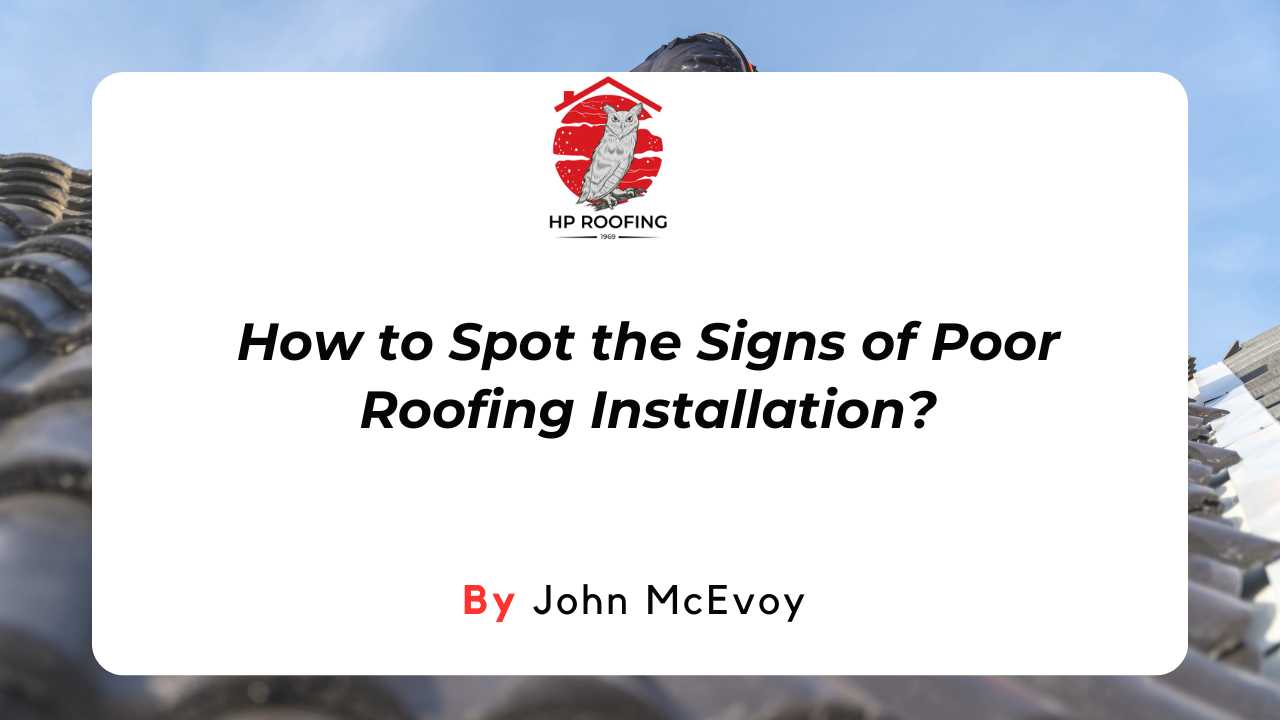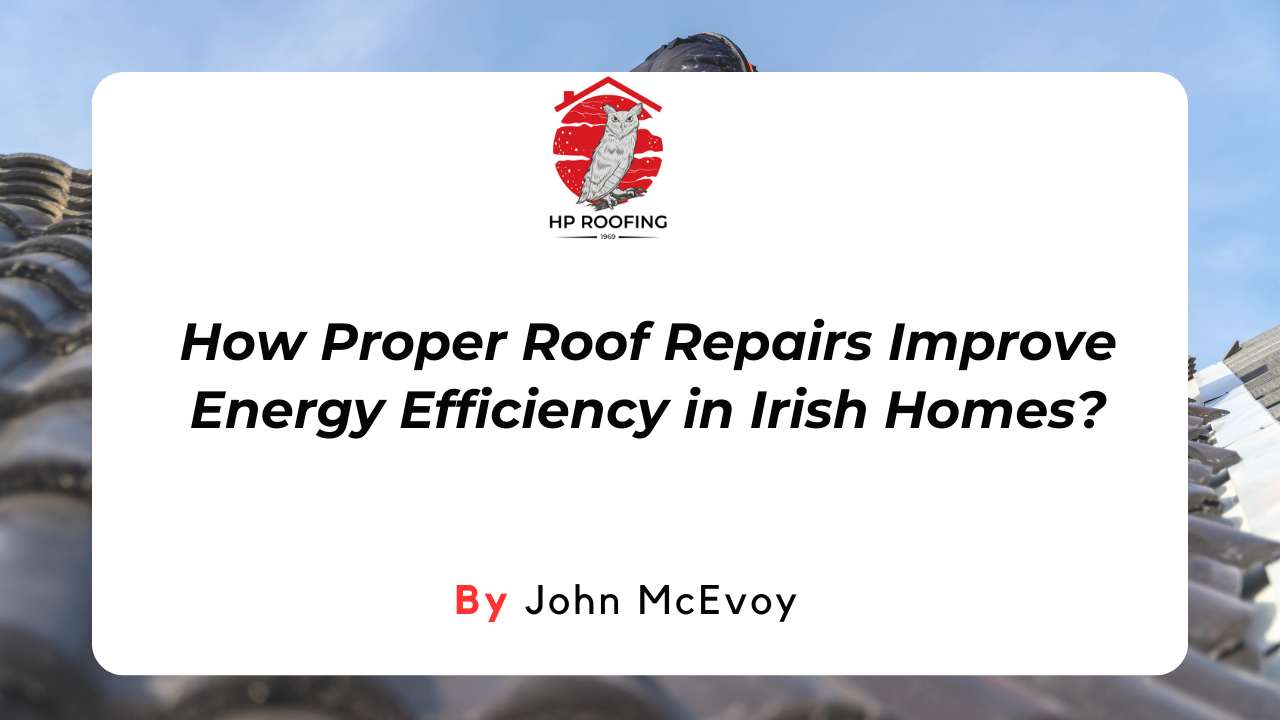Is your newly installed roof showing early signs of trouble? A poor roofing job can lead to leaks, structural damage, and unexpected repair costs.
Knowing how to spot the signs of poor roofing installation early on can save you from major headaches later.
In this guide, we’ll walk you through the most common warning signs to look out for. Whether you're inspecting a recent job or planning a new one, these tips will help you make informed decisions.
Let’s start!
Is Your Roof Built Right?
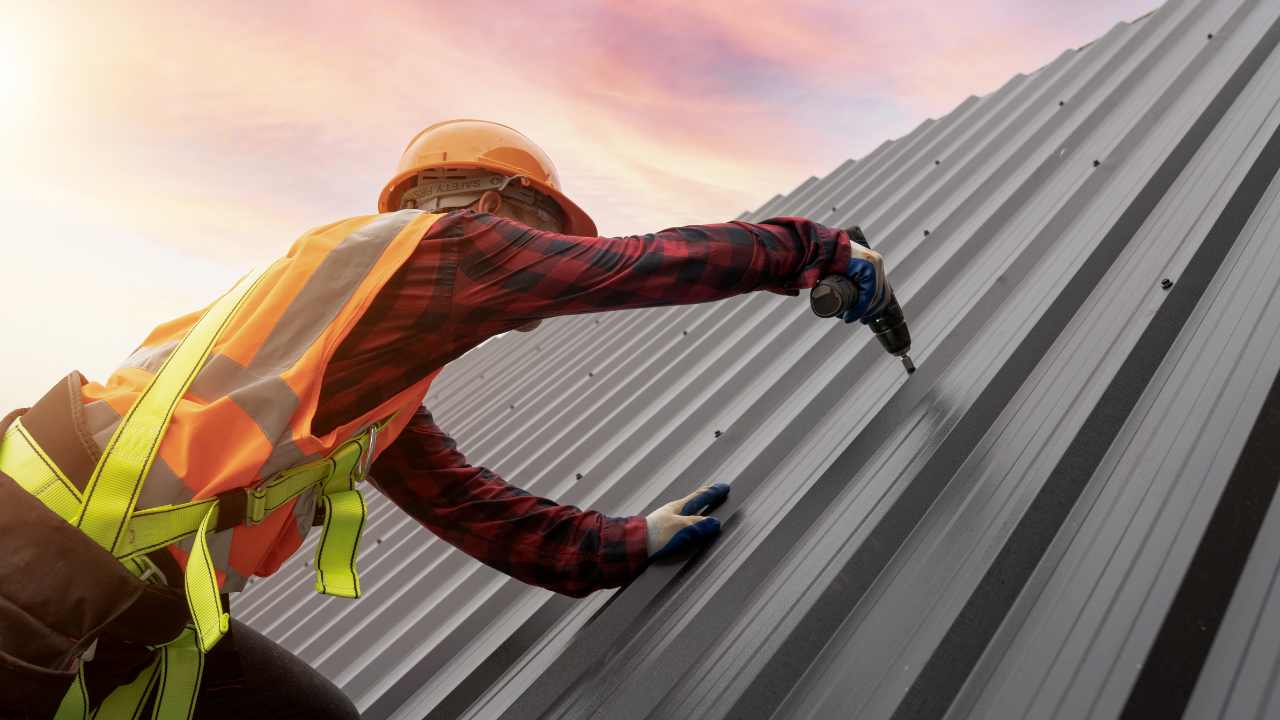
When you invest in a new roof, you expect it to be secure, long-lasting, and professionally done. But not all roofing jobs are up to standard. How to Spot the Signs of Poor Roofing Installation becomes vital when protecting your home from future leaks, damage, and expensive repairs. Here are 10 warning signs to look out for.
1. Uneven or Wavy Shingles
Shingles should lie flat and align evenly across the roof. If you notice bumps or waves from the ground, it may signal poor installation or bad decking beneath. This can lead to quicker wear and tear. Over time, it also affects both function and appearance.
2. Missing Drip Edge Flashing
A drip edge is a thin metal strip that pushes water away from your roof’s edge. Without it, rainwater can soak into the fascia board and walls. This can cause mould, rotting, and foundation problems. It’s a basic step no roofer should skip.
3. Improper Nailing Techniques
If shingles are nailed incorrectly,too few nails, wrong angles, or driven too deep, they can loosen quickly. This makes the roof more likely to suffer from wind uplift and leaks. It also shortens the lifespan of your roofing. Nailing errors are a common issue in rushed jobs.
4. Lack of Roof Deck Preparation
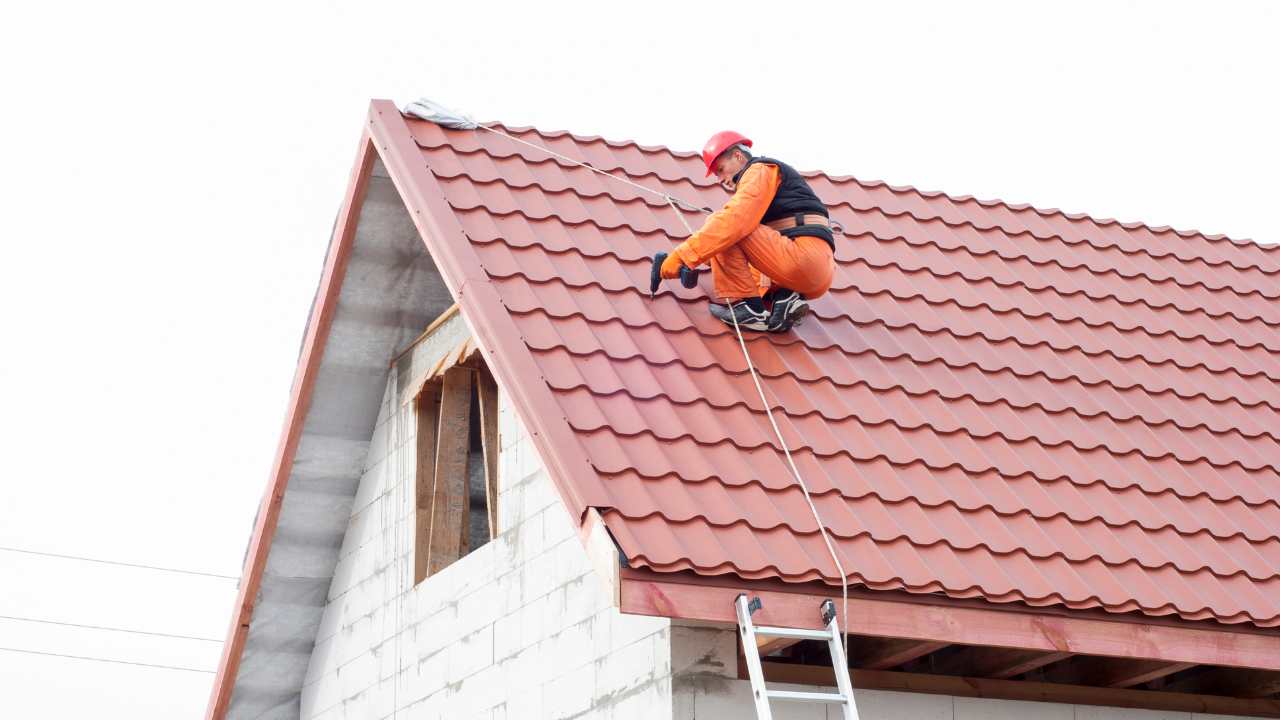
Before shingles are placed, the surface beneath called the roof deck, needs to be solid, clean, and dry. Skipping this step can cause sagging or movement under the shingles. It may also prevent shingles from sealing properly. The result? Early failure.
5. No Underlayment Installed
Underlayment is a moisture barrier placed between the shingles and roof deck. Without it, water can penetrate easily and cause rot or leaks inside your home. It’s especially important in areas with heavy rain. Skipping it is a sign of cost-cutting.
6. Misaligned Ridge Cap Shingles
Ridge caps cover the highest point of the roof and should sit straight and snug. If they’re crooked, too short, or uneven, it shows a lack of attention to detail. Poorly installed ridge caps are prone to being lifted by wind. Water can also sneak in.
7. Shingles Installed Over Old Roofing
Layering new shingles over old ones might seem efficient, but it hides problems underneath. This shortcut traps moisture and can accelerate roof damage. It also makes the new layer less stable. Many manufacturers even void warranties if this is done.
8. Exposed or Insecure Flashing
Flashing seals the roof at joints, chimneys, and vents, critical points for leaks. If it’s loose, visibly bent, or not sealed properly, it can’t do its job. Water may seep through tiny gaps over time. This often leads to unseen structural damage.
9. Stains or Leaks Soon After Installation
Noticing water stains on ceilings or walls shortly after the roof is done is a major red flag. It usually means the sealing or flashing wasn’t done properly. Left unaddressed, even small leaks can lead to big repair bills. Act quickly to investigate.
10. Inconsistent Shingle Colour
Your roof should be one consistent shade, unless you’ve chosen a blended look. If you notice colour mismatches, the roofer may have used leftover materials. It doesn’t just look bad, it suggests a careless or unprofessional approach to the job.
Knowing how to spot the signs of poor roofing installation early can save you from costly mistakes later. Always inspect your roof after a job is complete or better yet, hire a professional to review it. A proper installation ensures long-term safety, comfort, and peace of mind.
What to Check Before Hiring a Roof Installer?
Hiring a roofer isn’t just about price, it’s about trust, skill, and proof they’ll do the job properly.
1. Ask for References
A reputable roofer should be able to share past customer feedback or online reviews. If you’re unsure, ask friends or neighbours for recommendations. Getting honest feedback helps avoid dodgy work.
2. Review Past Work
Check their website or portfolio to see photos of finished projects. This shows their style, quality, and range of experience. If there’s little to see, it may be a sign of limited hands-on work.
3. Check for Experience
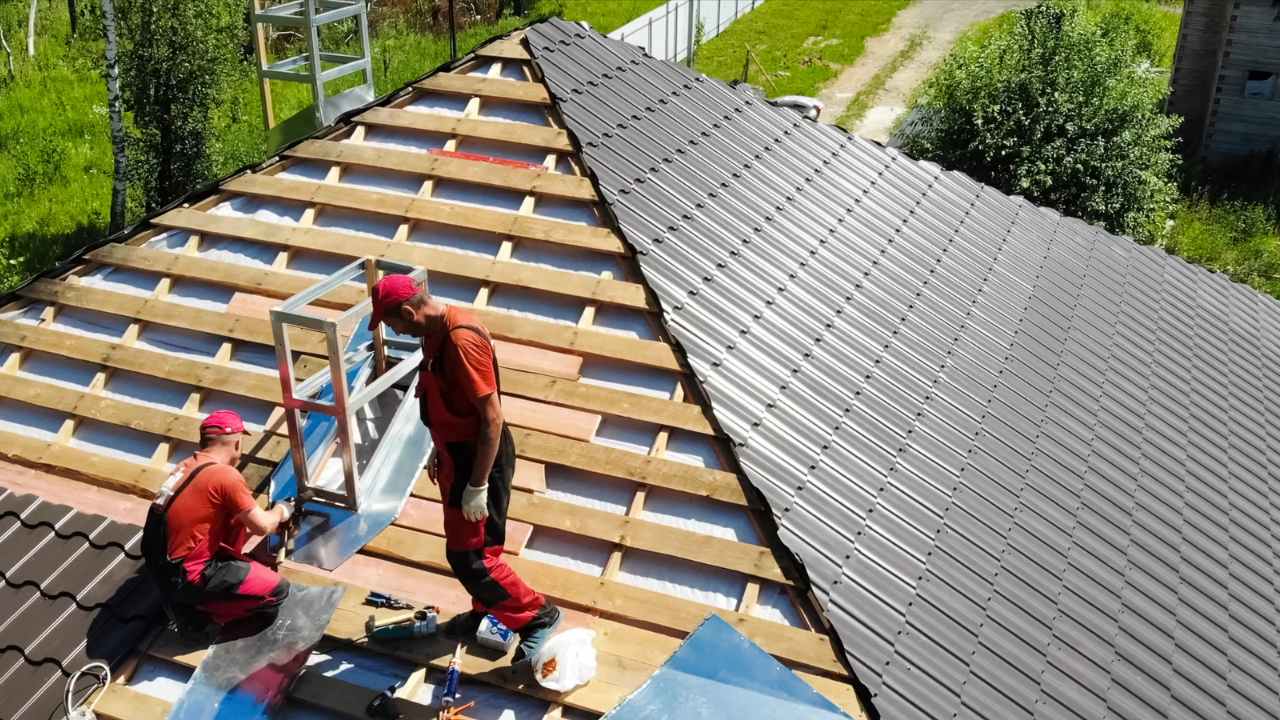
Look for roofers with several years in the trade, ideally 10 or more. Experienced teams know how to handle different roof types and spot hidden problems. Less experience often means more risk.
4. Verify Licensing and Insurance
A professional contractor should be fully licensed and insured. This protects you in case of damage, accidents, or poor workmanship. If they can’t show proof, it’s best to look elsewhere.
Conclusion
Spotting the early signs of poor roofing installation can save you time, money, and stress down the line. From uneven shingles to missing underlay, poor workmanship often leads to leaks, damage, and a shorter roof lifespan. By checking for these warning signs and working with qualified, experienced professionals, you can avoid costly repairs in the future.
If you’re unsure about your current roof or planning a new installation, don’t take chances. Get in touch with HP Roofing today—our trusted team delivers high-quality roofing services you can rely on. Let us help protect your home the right way.

